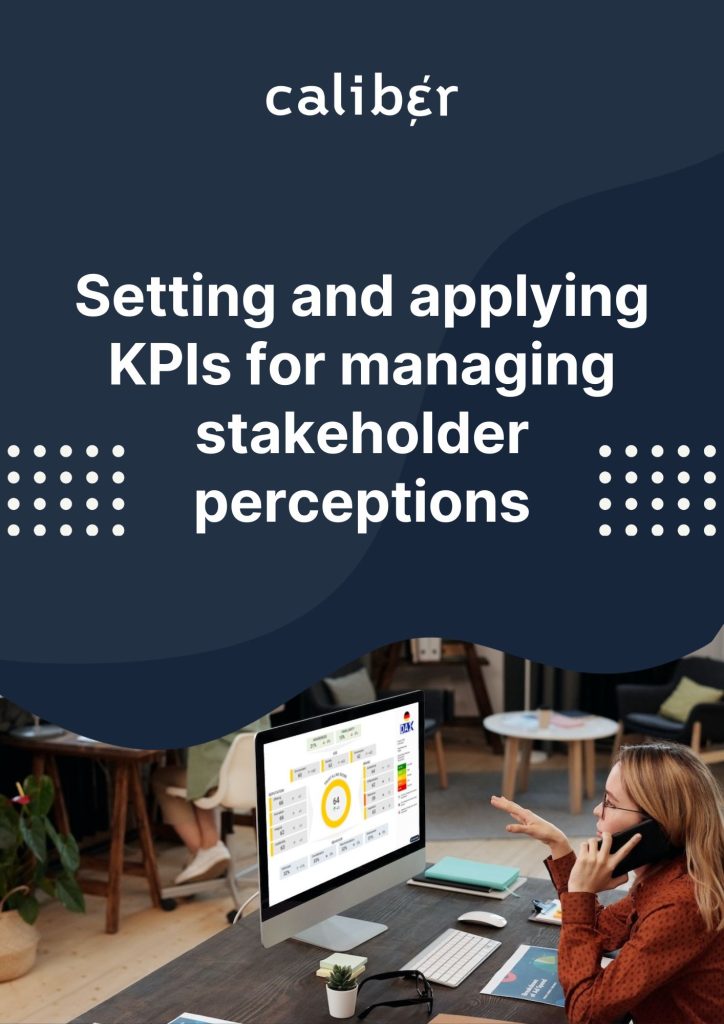

To amplify or mitigate the reputational impact of a leadership change, companies should track what their stakeholders think and feel – in real time. Here’s why.
Change is the only constant in life – and that includes the boardroom. From management shake-ups to leadership switcheroos, change is as inevitable to corporate life as casual Fridays and cringy away days.
Many corporate transformations fail, however. Why? There are usually many reasons, from poor communication to a lack of employee buy-in.
All too often, companies realize the problem all too late – because they don’t know what their key stakeholders think.
Which is why any company looking to make, say, a leadership change should be tracking the perceptions of its stakeholders in real time.
Here are no fewer than 10 benefits you get out of it.
Real-time tracking of stakeholder perceptions is crucial to change management. It helps companies undergoing a leadership change adapt better, communicate effectively, and ensure a smooth transition while fostering positive relationships with stakeholders.





© 2024 Group Caliber | All Rights Reserved | VAT: DK39314320